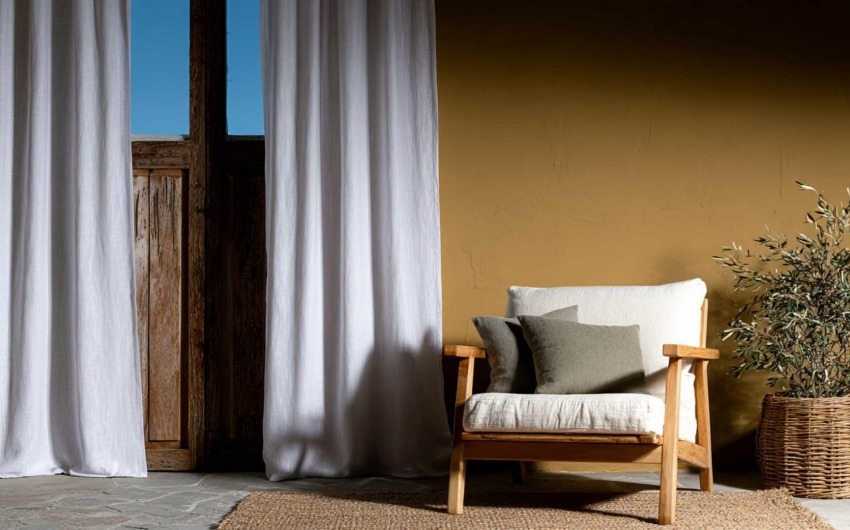9/02/2022
When we talk about the beach, the summer and the sea with crystal clear waters, we can only immediately think about the colors: the fundamental colors for maritime-style furnishings are first and foremost all the shades of blue, reminiscent of the sea and the sky, and the white, which recalls the idea of the foam of the waves and clouds in the sky, giving our environment greater brightness. Let's not forget the sand color, which gives that unique touch to this style, and the coral red.
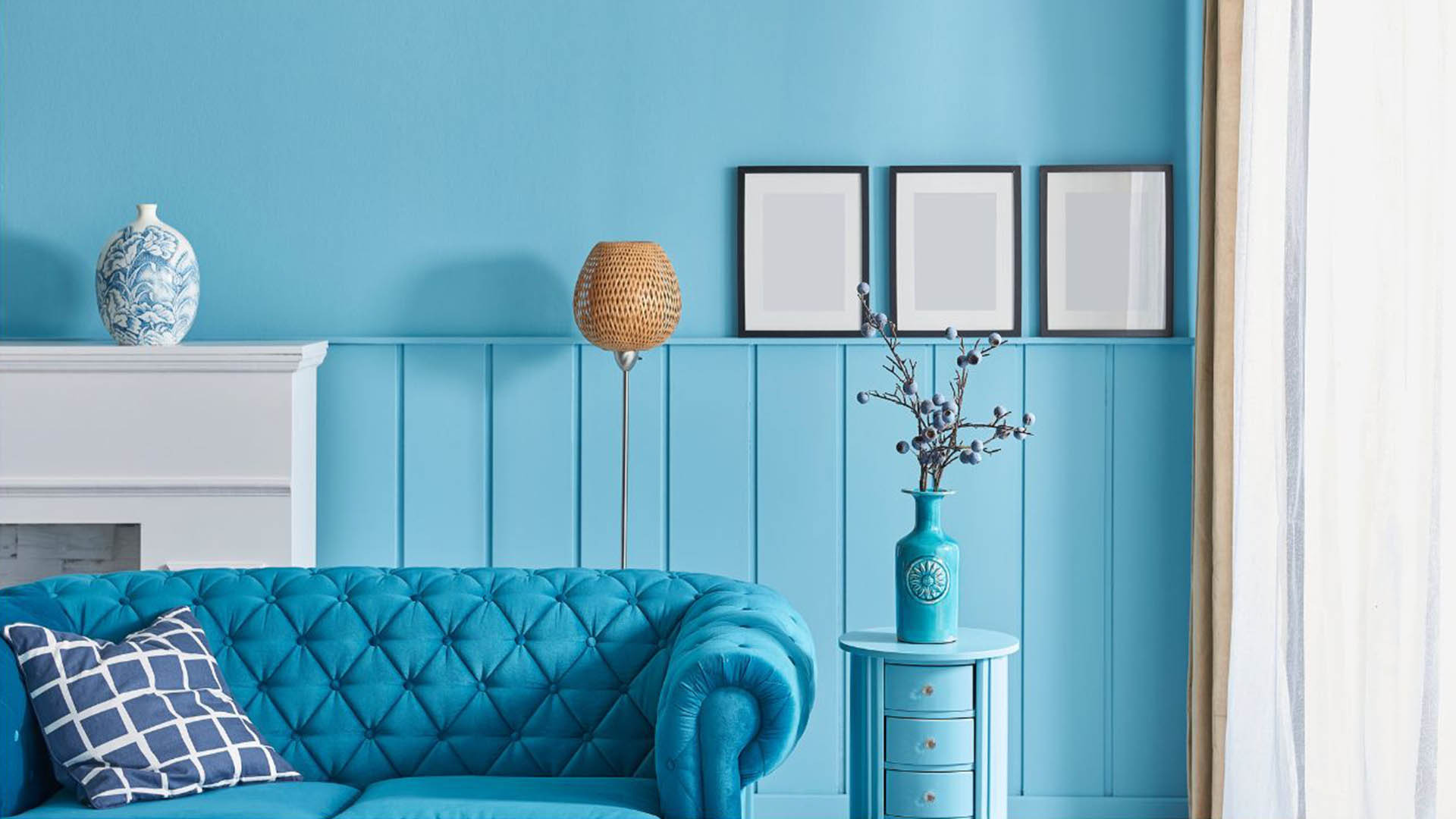
As for the materials, remember that we should make a choice that refers to the feeling of being at sea or, in any case, at the sea! The best option of all is certainly wood, preferably rough, perhaps using large strips in light or neutral shades, reminiscent of branches on the beach, for the floors. This is certainly the material par excellence of the maritime style atmosphere, and is used for most of the furnishings, such as tables, chairs, counters, sideboards, coffee tables, .... Along with wood, there are some materials, always with a rough texture, such as linen and cotton for fabrics (for cushions and covers), hemp and jute and, finally, nets and ropes, useful for example for applying shelves suspended through supports concealed in the ceiling, which refer to the nautical world.
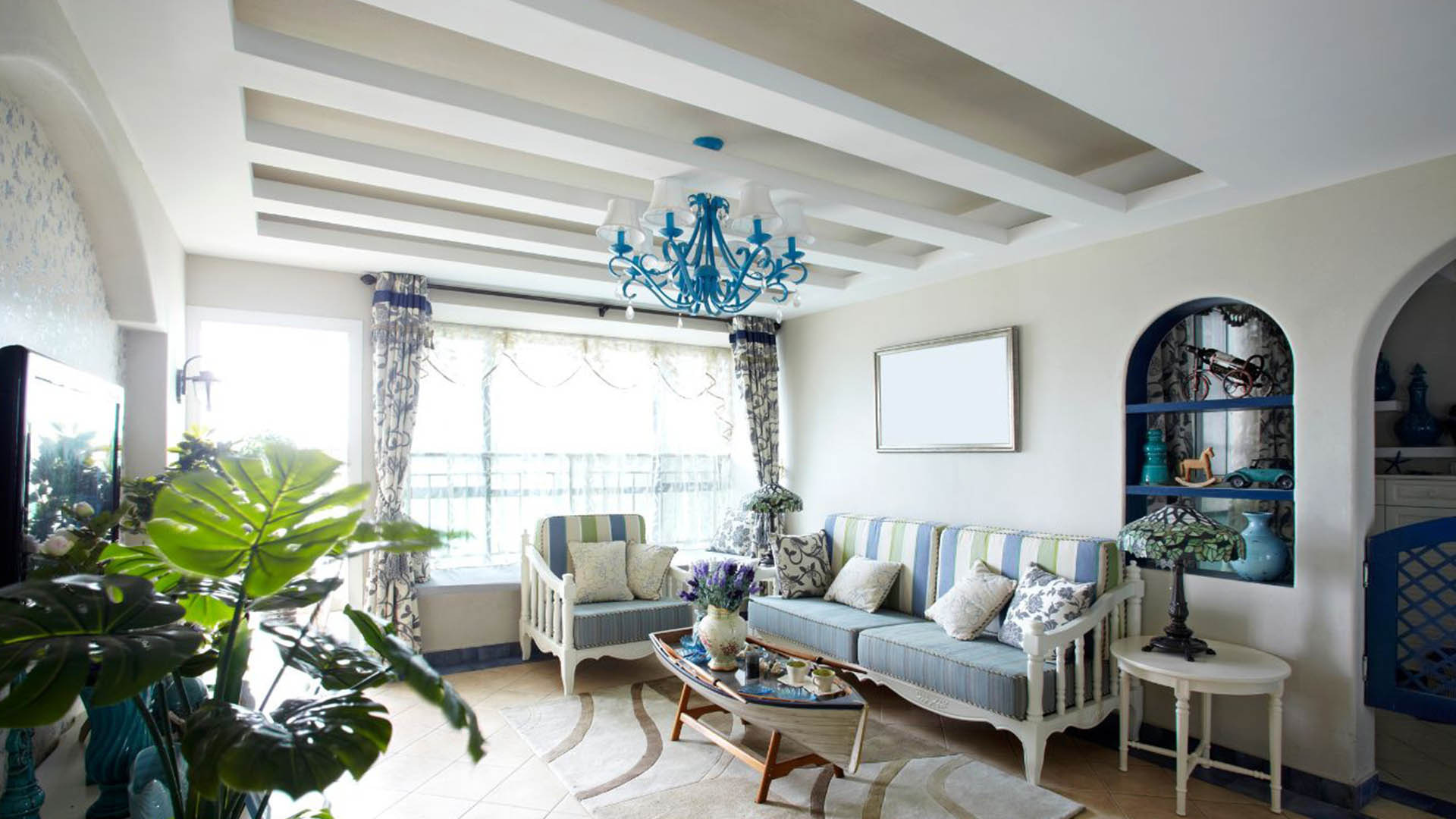
To be able to create a prefect sailor-style furniture, there are some accessories that you cannot give up in any way, among these, we find the lanterns and, as already mentioned, the ropes, typical elements of the old sailors' homes. But let's not forget shells, life jackets, branches, bowls and glass vases, anchors and sand. In short, the elements that can be used in this style are many, nevertheless remember to pay the right attention in their choice, in their quantity and in their location.

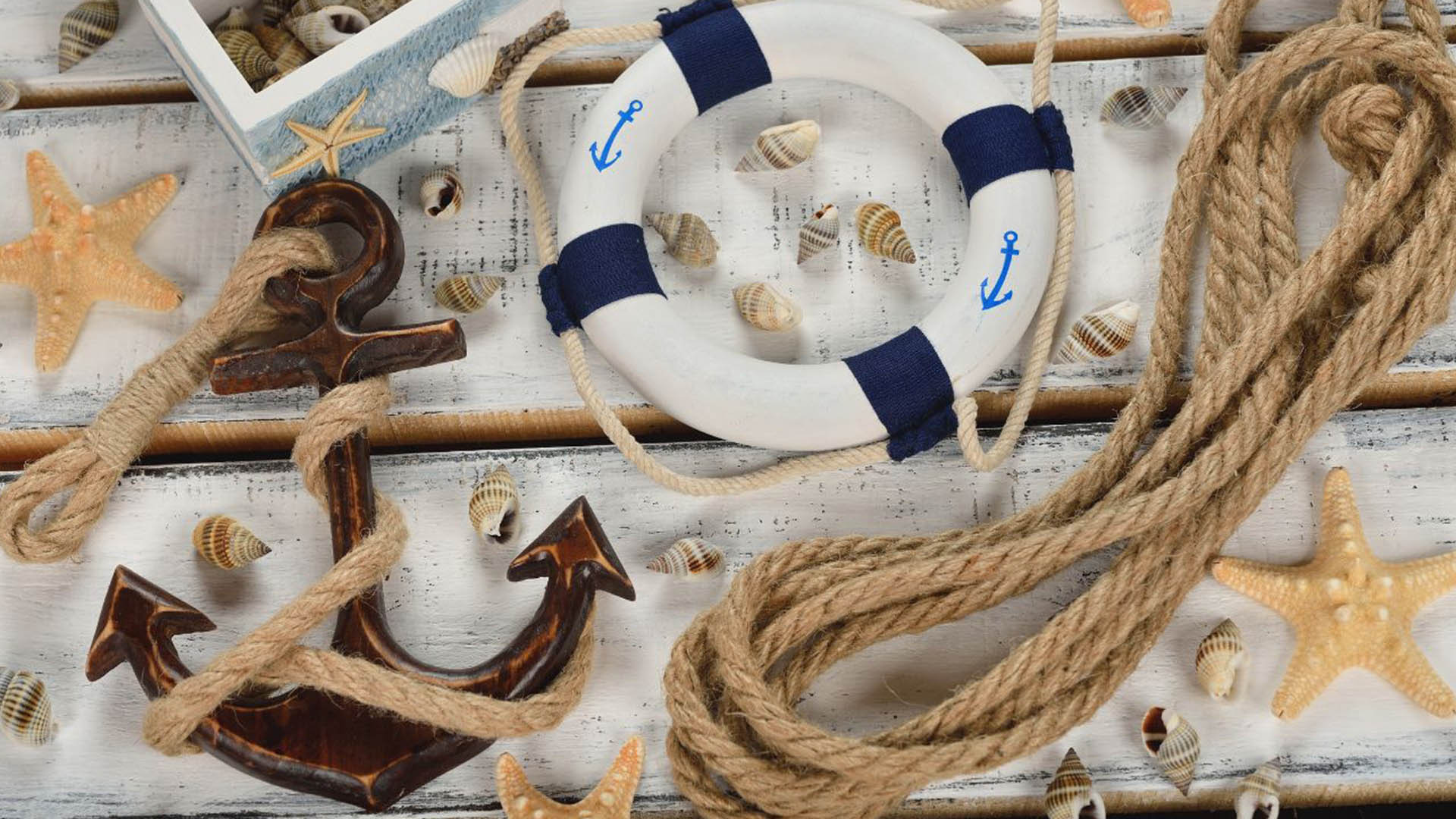
The final touch, to be successful in recreating a complete and refined marine atmosphere, is to pay attention to the choice of windows and doors that reflect the general style of the house: you can choose neutral colors such as white and light gray, or, if you like dare, with bright blue, certainly starting from a total white color of walls! To decorate the windows, you could think of curtains made with shells, timolli, corals or simple curtains in neutral colors, in linen or very light cotton, to be collected with a small style cord.
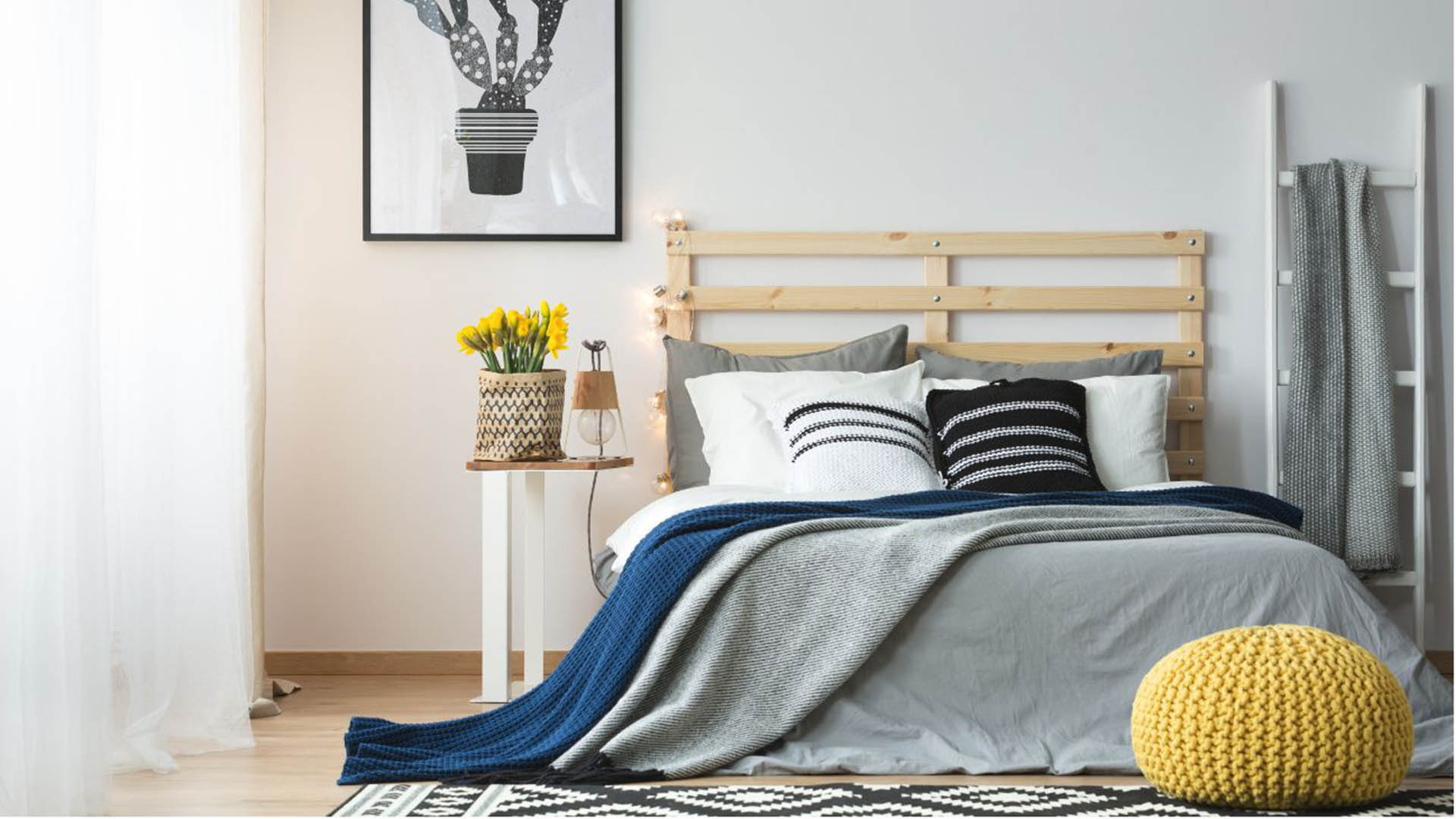
_14077b47db_23.jpg)
Interior Designer since 1985
CEO & Founder, Italian Design in the World

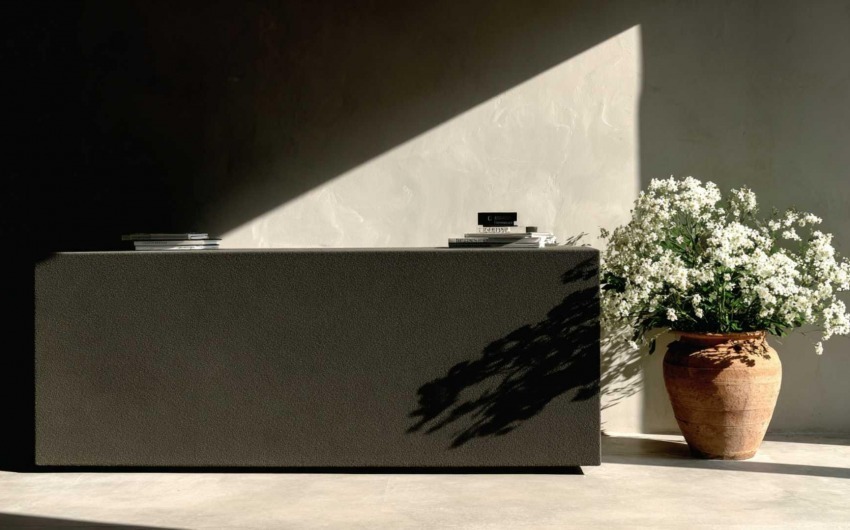
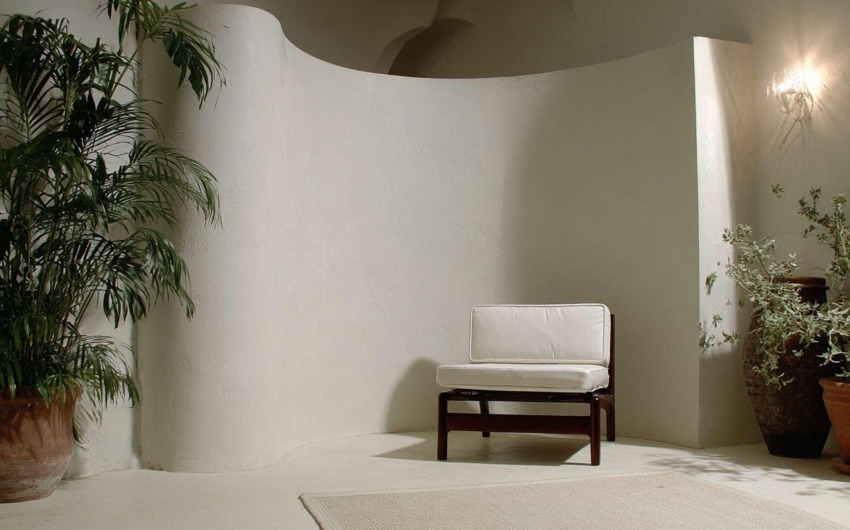
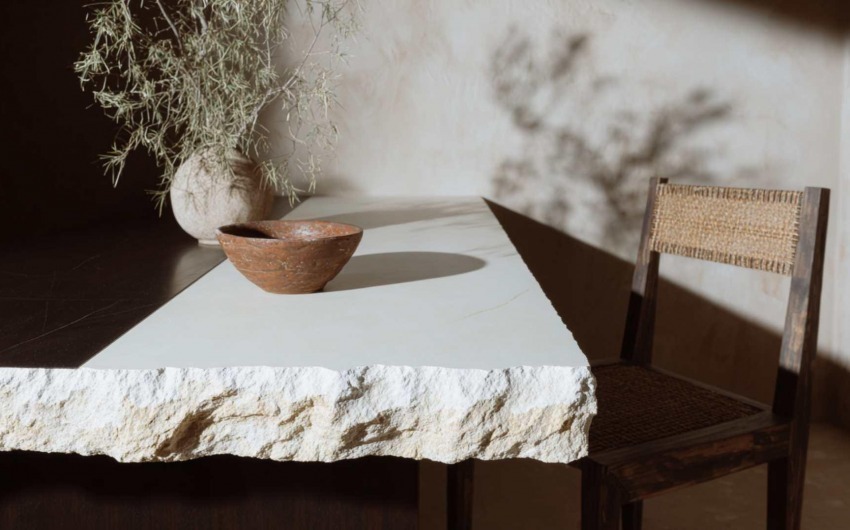
_0f565b1edb_633.jpg)
